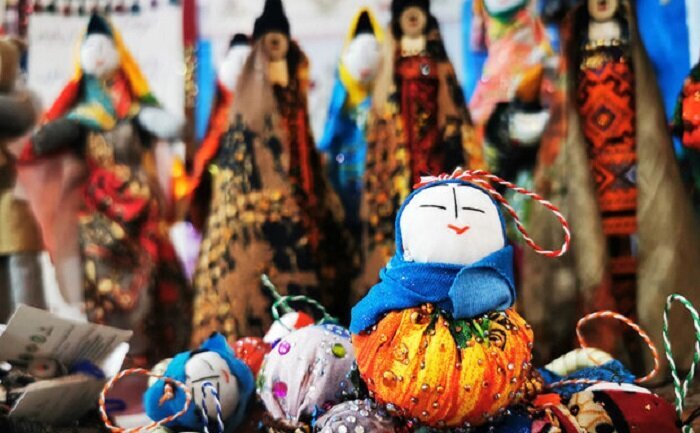Handicraft exhibits open in Iran-Iraq border cities

TEHRAN – Exhibitions of Iranian handicrafts and traditional arts have opened to the public in the Iran-Iraq border cities of Chazabeh and Shalamcheh, the deputy tourism minister has said.
Handmade products in the fields of wickerwork, kilim, traditional jewelry, gereh chini, woodwork, and pottery are on display at the exhibits, Mehr quoted Maryam Jalali as saying on Thursday.
In order to provide souvenirs to Arbaeen pilgrims, these exhibitions are organized, the official added.
Since more than 50 percent of Iranian pilgrims and a large number of foreign pilgrims pass through these borders, exhibitions are held there, she explained.
Since the highest number of pilgrims are expected to return during these days, conditions have been established for pilgrims to purchase souvenirs and gifts from these exhibitions while visiting them and learning about Iranian handicrafts, she mentioned.
She also noted that the Arbaeen pilgrimage offers an opportunity to promote and introduce Iranian handicrafts.
The annual Arbaeen pilgrimage, aka Arbaeen trek, is a characteristic spiritual exercise in which hundreds of thousands of Shia and Sunni Muslims, even Christians and Zoroastrians, etc. from various nationalities participate.
The religious treks will be destined for Karbala, where Imam Hussein (AS), the grandson of Prophet Muhammad (PBUH), is laid to rest.
The event marks an end to the 40-day mourning period following the martyrdom of the Imam and his loyal companions at the Battle of Karbala on Muharram 10 in the year 61 AH (680 CE).
Wide-ranging handicrafts
With 14 entries, Iran ranks first globally for the number of cities and villages registered by the World Crafts Council, as China with seven entries, Chile with four, and India with three ones come next. For instance, Shiraz is named a “world city of [diverse] handicrafts”, Malayer is a global hub for woodcarving and carved-wood furniture, while Zanjan has gained the title of a “world city of filigree”.
In addition, the ancient city of Shiraz has been chosen to host the 39th General Assembly of the World Crafts Council-Asia Pacific Region (WCC-APR) in May 2023. Shiraz has a remarkable amount of handicraft pioneers. With an average age of 70, some of these pioneers are still active at their workshops. The occupational records of about 100 pioneers are collected and are annually praised by the custodians of the WCC General Office.
Available data compiled by the Ministry of Cultural Heritage, Tourism, and Handicrafts suggests the value of Iran’s handicrafts exports stood at $120 million during the first eleven months of the Iranian calendar year 1399 (March 20, 2020 – February 18, 2021), Mehr reported. The country’s handicrafts exports slumped during the mentioned months in comparison to the same period last a year earlier due to the damage the coronavirus pandemic has inflicted on global trade.
The Islamic Republic exported $427 million worth of handicrafts during the first eleven months of the calendar year 1398 (started March 2019). Of the figure, some $190 million was earned via suitcase trade (allowed for customs-free and tax-free transfer) through 20 provinces, according to data compiled by the Ministry of Cultural Heritage, Tourism and Handicrafts. Ceramics, pottery vessels, handwoven cloths as well as personal ornamentations with precious and semi-precious gemstones are traditionally exported to Iraq, Afghanistan, Germany, the U.S., the UK, and other countries.
ABU/MG
Leave a Comment